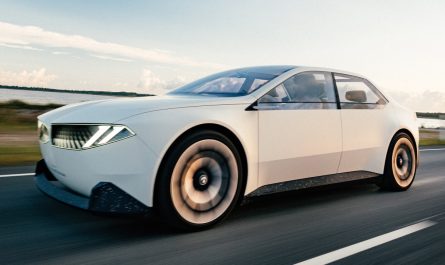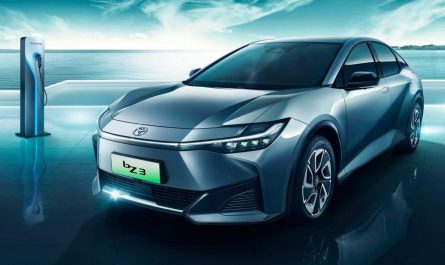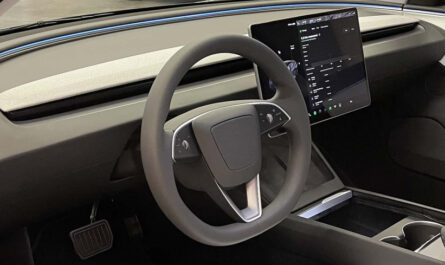Understanding Electric Vehicle (EV) Charging
Electric vehicles (EVs) have gained significant traction in recent years, thanks mainly to their potential for reducing greenhouse gas emissions and reliance on fossil fuels. At the heart of EV technology is the charging process, which plays a critical role in the performance and usability of these vehicles. Understanding how electric cars operate and the various charging types is essential for drivers considering the transition to electric mobility.
There are primarily two categories of electric vehicles: fully electric and plug-in hybrid models. Fully electric vehicles, or battery electric vehicles (BEVs), rely solely on electric power stored in their batteries. In contrast, plug-in hybrid electric vehicles (PHEVs) combine a traditional internal combustion engine and an electric motor. This combination allows PHEVs to operate on electricity alone for shorter trips, switching to gasoline for longer journeys when battery capacity runs low.
The battery system is the core of an EV, typically composed of lithium-ion cells that store energy to drive the vehicle. This energy storage is crucial for determining an EV’s range; the distance an EV can travel before needing a recharge is directly related to its battery capacity and the efficiency of its electric motor. Thus, understanding the vehicle’s range is vital for consumers, as it impacts daily usability and longer trips.
EV charging stations utilize different charging methods, including Level 1, 2, and DC fast charging options. Level 1 charging uses a standard home outlet and is the slowest method, typically suited for overnight charging. Level 2 charging provides a quicker option, often found at public charging locations. In contrast, DC fast charging facilitates rapid energy transfer for drivers needing quick top-ups during long trips. By familiarizing themselves with these charging types, EV owners can make informed decisions that enhance their driving experience.
Types of EV Charging Stations
Electric vehicles (EVs) rely on charging stations to replenish their batteries and understanding the various types of charging stations is essential for EV owners. There are three primary types of EV charging stations: Level 1, Level 2, and DC fast charging stations, each distinguished by unique attributes.
Level 1 charging stations are the most basic form of charging. They utilize a standard 120-volt outlet, typically found in homes, offering a charging speed of 2 to 5 miles of range per hour. This level is ideal for overnight charges when the vehicle is parked for an extended period. However, using this method, it can take a considerable amount of time to fully charge an EV, making it less suitable for quick top-ups.
Level 2 charging stations operate at 240 volts, providing a significantly faster charging speed, usually between 10 to 30 miles of range per hour. These stations are commonly installed in residences and public spaces like shopping centres and workplaces. Installing Level 2 units may require additional electrical work, which can be a drawback. Nonetheless, they are a popular choice for daily use, balancing charging time and convenience effectively.
DC fast charging stations represent the most advanced option, delivering an impressive charging speed of 60 to 100 miles of range in just 20 minutes. These stations utilize direct current (DC) technology, making them ideal for long road trips or when time is of the essence. However, the infrastructure for DC fast charging can be expensive, and not all EVs can handle this form of charging.
In summary, the type of EV charging station that best suits an individual’s needs hinges on their specific driving habits, the frequency of charging, and available resources for installation. Understanding these distinctions allows owners to make informed decisions regarding electric vehicle charging options.
Where to Find EV Charging Stations
Finding EV charging stations has become increasingly convenient due to the growth of infrastructure and technology designed to support electric vehicle (EV) drivers. Public charging networks play a significant role in ensuring that EV owners have access to charging facilities. These networks are typically managed by various service providers, offering numerous public charging stations across urban and rural locations. Some leading networks include ChargePoint, Blink, and Electrify America, which operate thousands of chargers that may consist of Level 2 and DC fast charging options.
Home charging is another viable solution for EV owners, providing a convenient and cost-effective way to charge overnight or when the vehicle is not in use. Many homeowners install a Level 2 home charging station that significantly reduces charging times compared to standard 110-volt outlets. This option especially benefits those primarily using their vehicles for daily commutes.

Workplace charging has also emerged as a popular option for employees with EVs. Many companies are beginning to recognize the benefits of charging stations, encouraging sustainable commuting practices. Employees can charge their vehicles while they work, leading to convenience and savings on fuel costs.
In addition to these charging solutions, numerous mobile apps and websites help quickly locate EV charging stations. Applications such as PlugShare and ChargeHub and mapping services like Google Maps provide real-time data on charging station locations, availability, and charging speed. These tools can be beneficial for planning long-distance trips, ensuring drivers can identify convenient stops for charging along their routes. Before embarking on such journeys, it is crucial to plan accordingly by checking the locations and availability of charging stations to avoid potential delays or inconveniences.
Electric Vehicle (EV) Charging
The Future of EV Charging Infrastructure
The electric vehicle (EV) charging infrastructure landscape is rapidly evolving, driven by technological advancements and increasing demand for electric cars. As more consumers opt for electric models, a robust and widespread charging network becomes paramount. A significant trend is the expansion of charging networks across urban and rural areas, making it increasingly convenient for EV owners to access charging stations.
Government initiatives are playing a crucial role in promoting the adoption of electric vehicles. Many countries have implemented incentives such as tax credits, rebates, and grants for consumers and charging station developers. These initiatives are encouraging private investments in EV infrastructure. Moreover, strategic partnerships between governments and private entities are emerging, facilitating the deployment of charging stations in various public locations, including malls, workplaces, and highways. This collaborative approach aims to create a seamless charging experience for users wherever they travel.
Advancements in charging technology are also paving the way for the future of EV charging. Innovations such as fast and wireless charging systems are being developed to significantly reduce the time required to chargetoechargehicles. Notably, ultra-fast charging stations can deliver substantial power to cars in as little as 15 minutes, addressing one of the major concerns of potential EV buyers—charging duration. Furthermore, improvements in battery technology may lead to longer-lasting and more efficient batteries, further enhancing the overall EV experience.
As these trends and advancements continue to unfold, they will undoubtedly shape the future of electric vehicle usage. Increased accessibility to charging stations, supported by government initiatives and technological advancements, will facilitate a more significant shift towards electrification in transportation. This evolution benefits consumers and aligns with global efforts to reduce carbon emissions and promote sustainable energy solutions.



